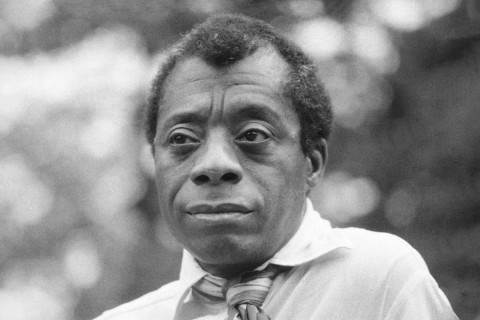James Baldwin reminds us not to be surprised by this
Facing the “intolerable trouble” of antiblack violence

Even as we mourn the incalculable loss of human life in the COVID-19 pandemic, we also mourn yet another onslaught of antiblack violence that highlights a long-standing sickness in the American body politic. The killings of Ahmaud Arbery in Georgia, Breonna Taylor in Kentucky, and George Floyd in Minnesota were tragic events on multiple levels. So was a white woman’s blatant attempt to intimidate Christian Cooper in New York City’s Central Park. These events have claimed national attention partly because of video evidence that shows the way some white people feel entitled to use violence and intimidation to control, and even kill, black people.
Am I deeply saddened by all this? Yes. Am I surprised by any of it? Absolutely not.
The justified sadness caused by events like these can express itself in lament. Lament is a ruggedly honest declaration that something is deeply wrong and severely out of joint or that someone who is dearly loved is now significantly absent. In our family rooms, classrooms, cultural spaces, and private places, we must encourage personal and communal lament.





